Processing
With a range of software and hardware processing options, L‑ISA spatial audio technology is available for creatives on the go, up to the most demanding live productions.
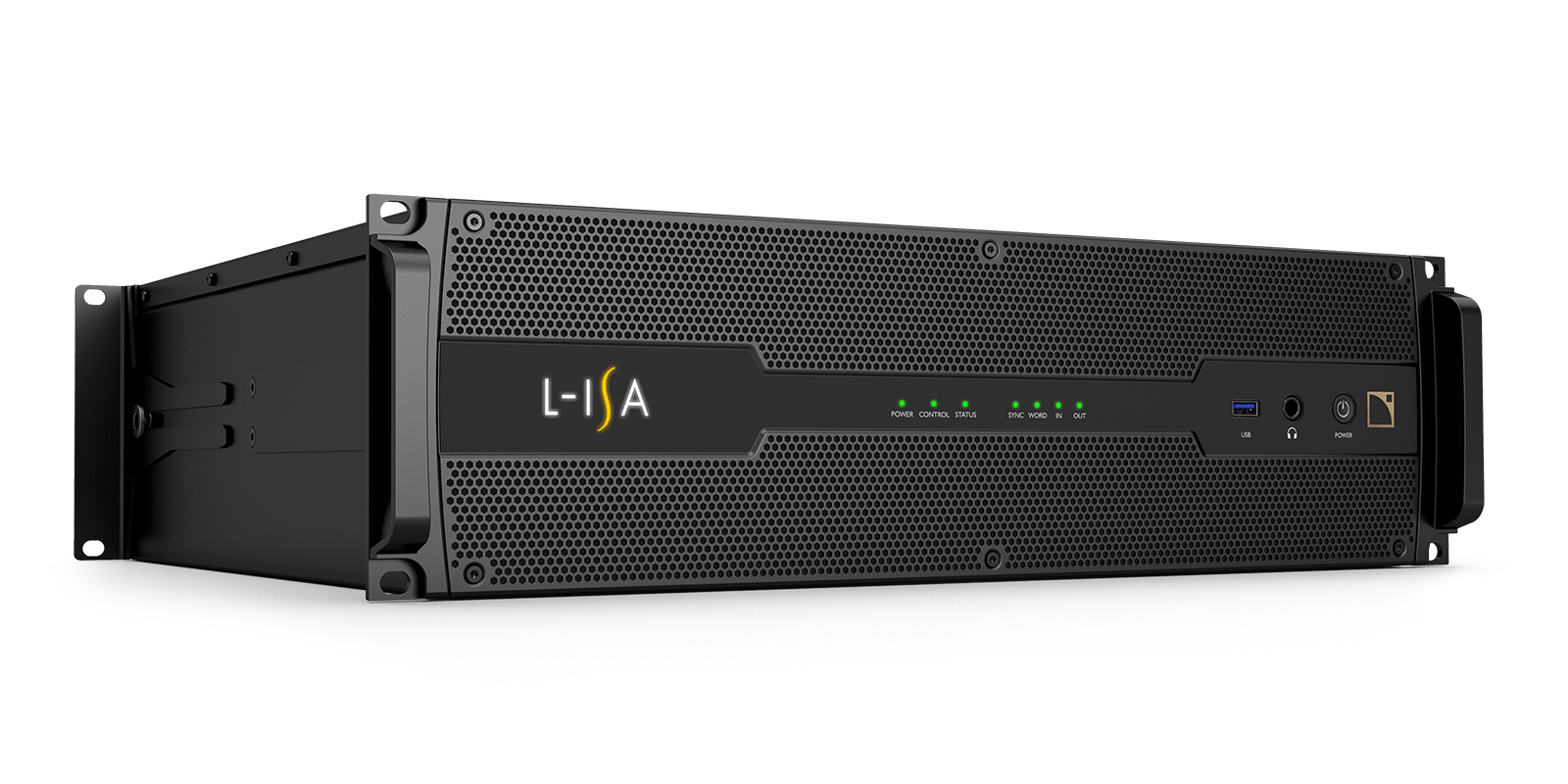
L‑ISA Processor II – for the most demanding immersive audio productions
The L‑ISA Processor II is a hardware solution for spatial audio processing, providing state of the art object-based mixing and virtual acoustics.
It can render up to 96 audio objects onto 128 loudspeakers in a 2D or 3D layout, with specific spatial downmixes for fill speakers, subwoofers, or headphones (binaural).
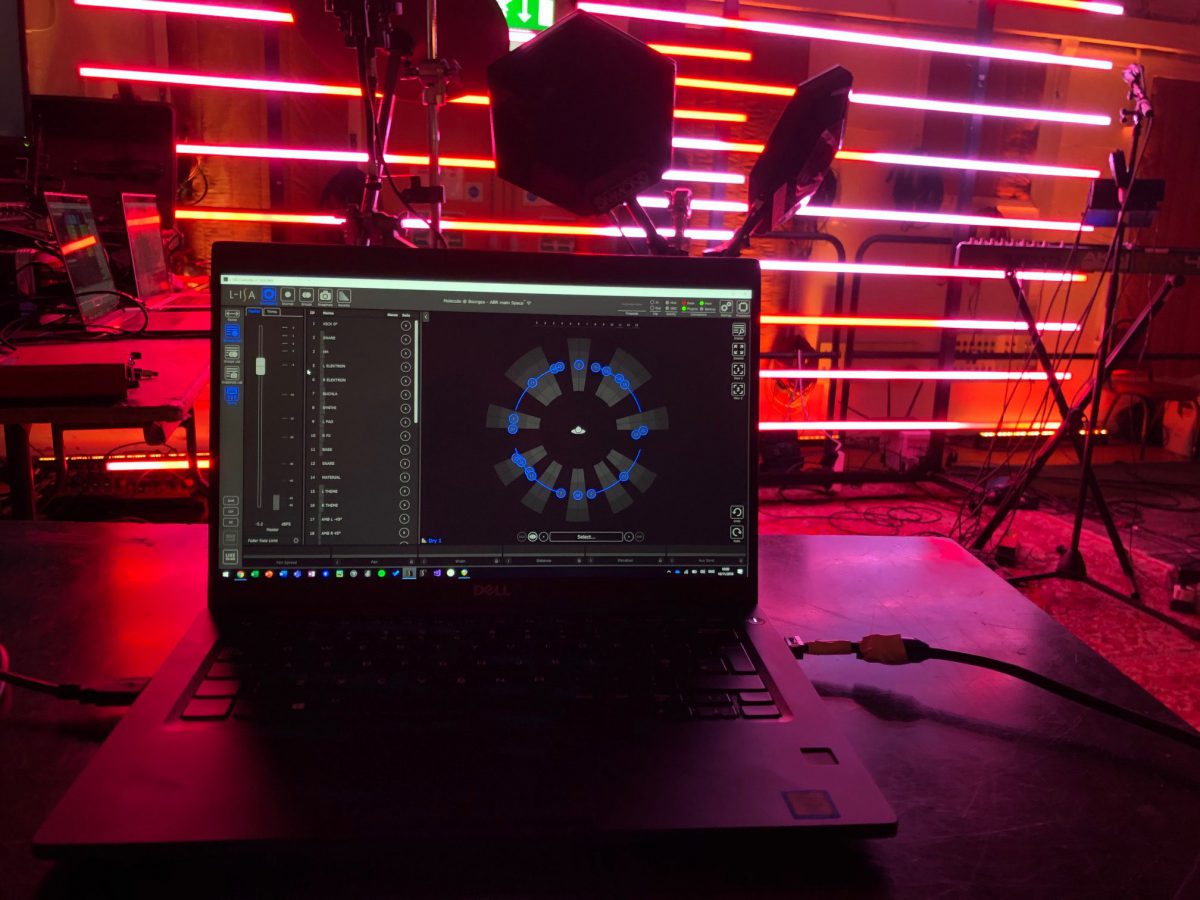
Create anywhere with L‑ISA Studio
Providing the same audio quality as its hardware counterpart, the L‑ISA Studio software suite can run alongside any Digital Audio Workstation, and render up to 96 objects onto 12 loudspeakers in a 2D or 3D configuration. It can also reproduce larger speaker configurations over headphones via its integrated binaural engine with headtracking.
L‑ISA Studio includes the same Room Engine as its hardware counterpart.
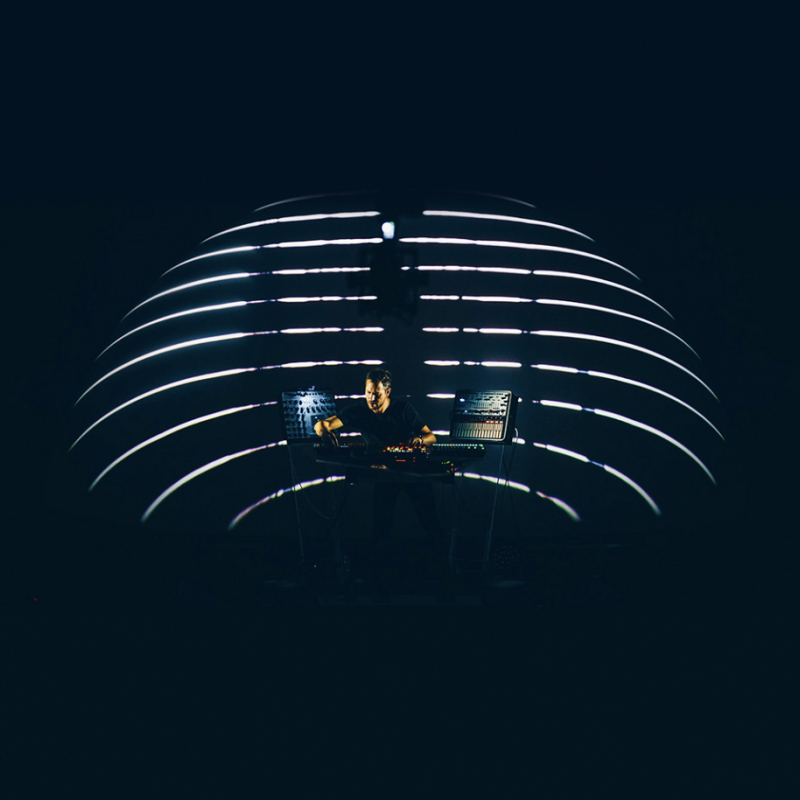
State-of-the-art Spatial Processing
L‑ISA’s four positioning parameters (PAN, WIDTH, DISTANCE, or ELEVATION) have been designed with a single objective: to achieve maximum spatial precision and sound quality while preserving the ability to scale to large audiences.
Extensive research and development efforts including simulation, listening tests, and iterative prototyping yielded results in the form of three proprietary algorithms: full 3D object-based amplitude panning, position-dependent frequency compensation, and spatial spreading with zero-latency decorrelation processing.
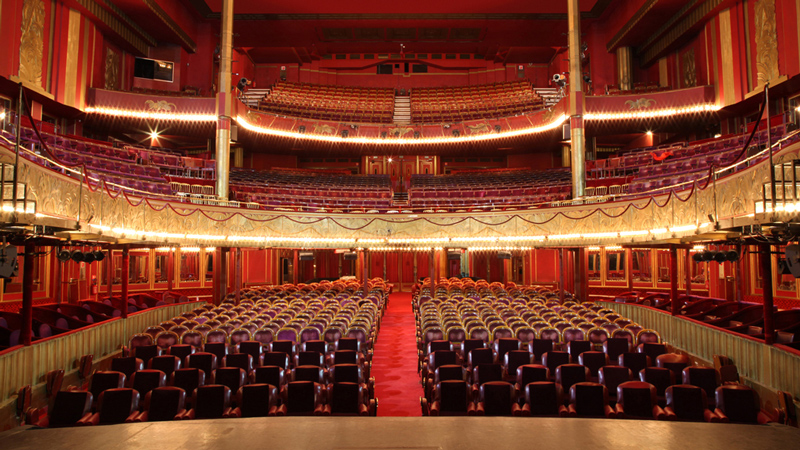
Solve complex venue designs with Spatial Fills and Downmixes
Venues with multiple audience areas such as very close front-seating or multiple balconies can be challenging for spatial audio. L‑ISA provides specific Spatial Fill algorithms to cover these zones with the best results.
Additional downmixes are available to cover other fill areas.
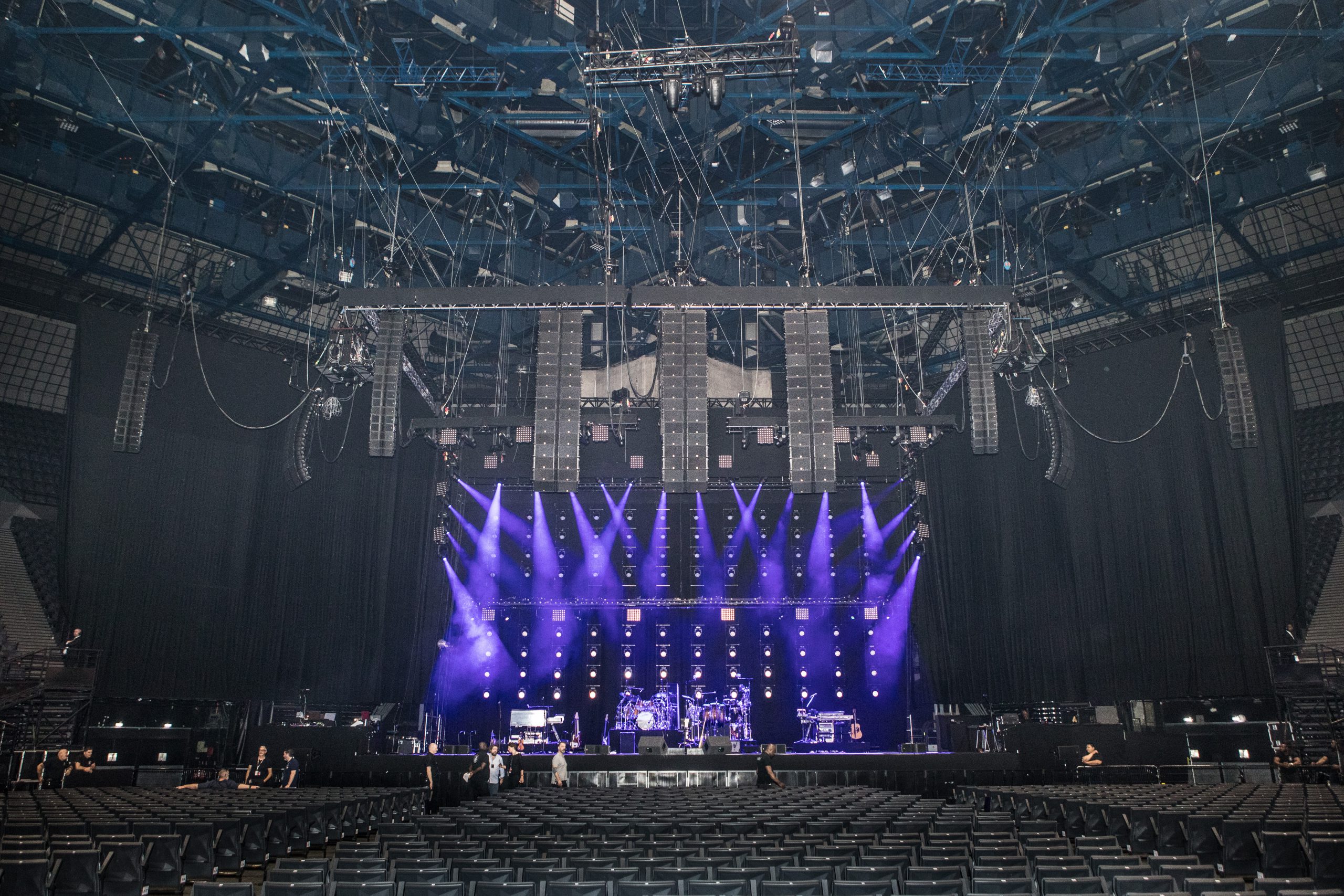
Simulate large-scale systems, in the studio
Creating immersive audio for large scale applications comes with the challenges of sound propagation.
Very early on in the production studio, the audio creator can simulate a larger sound system, and check the behavior of his mix in any virtual position within the audience area, thanks to L‑ISA Scale Simulation algorithm.